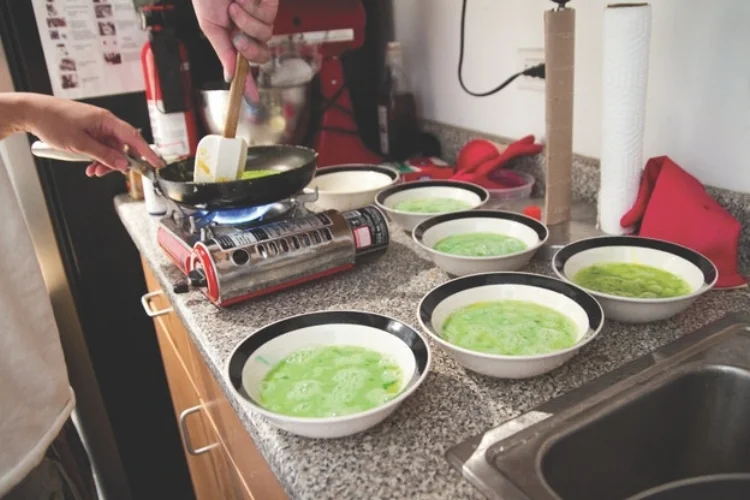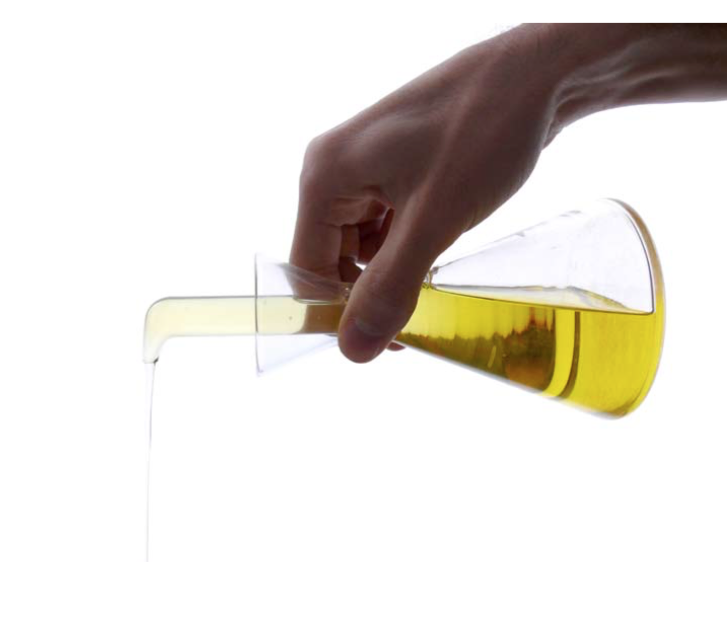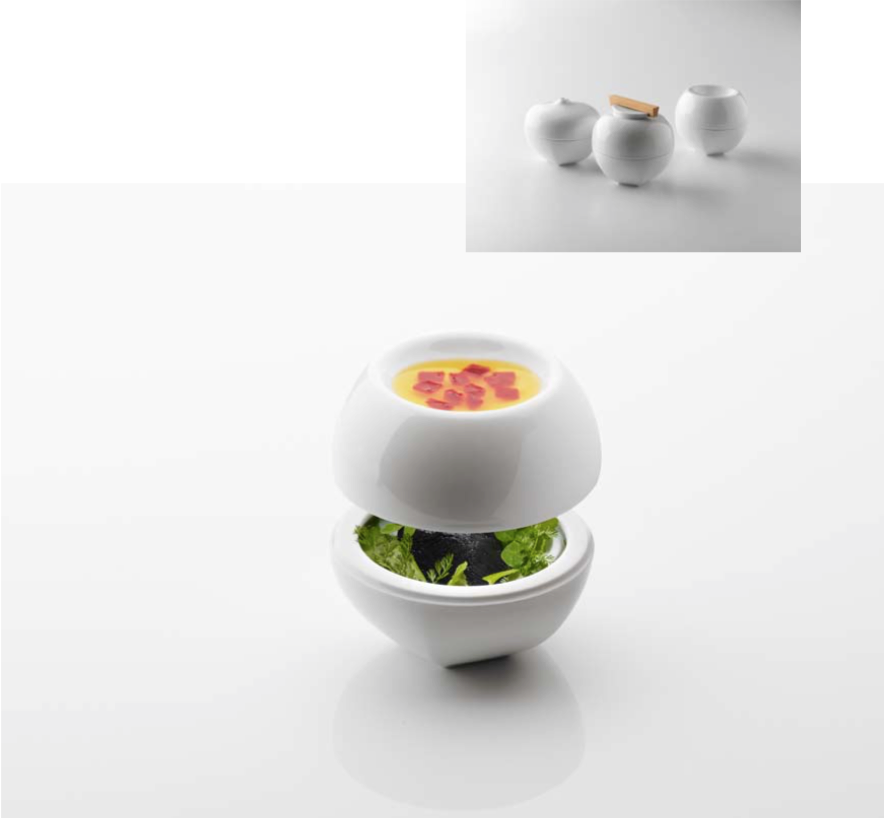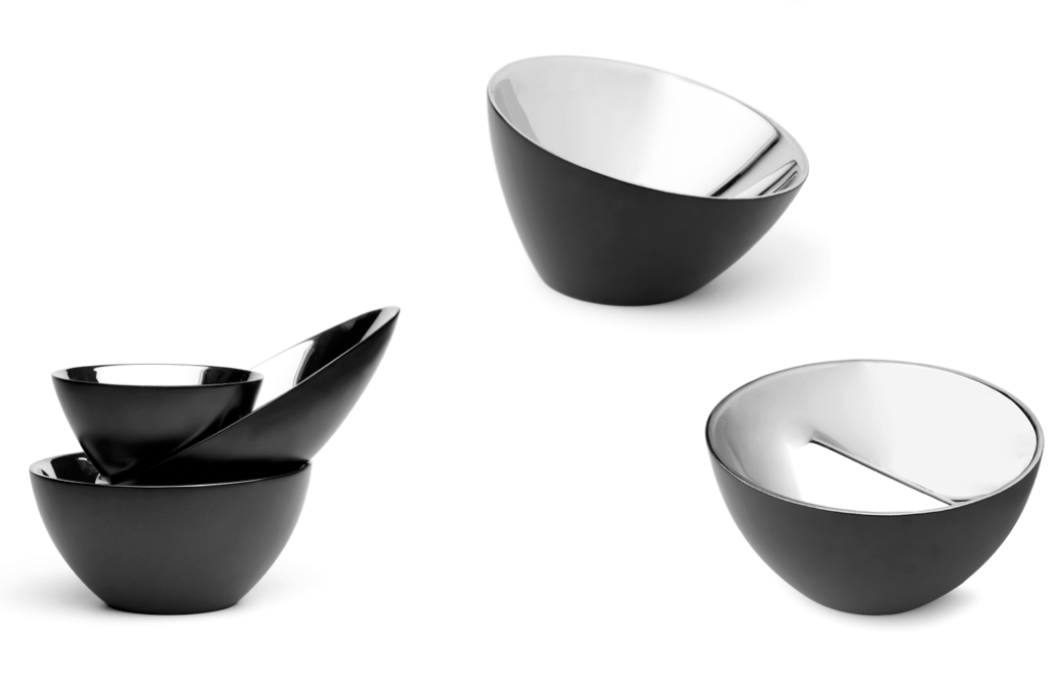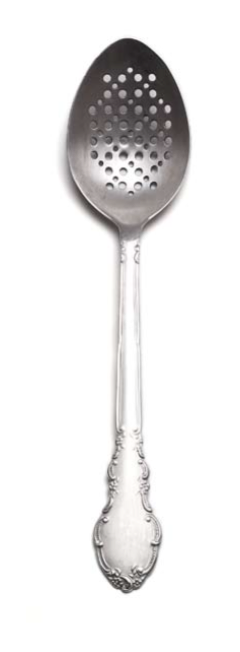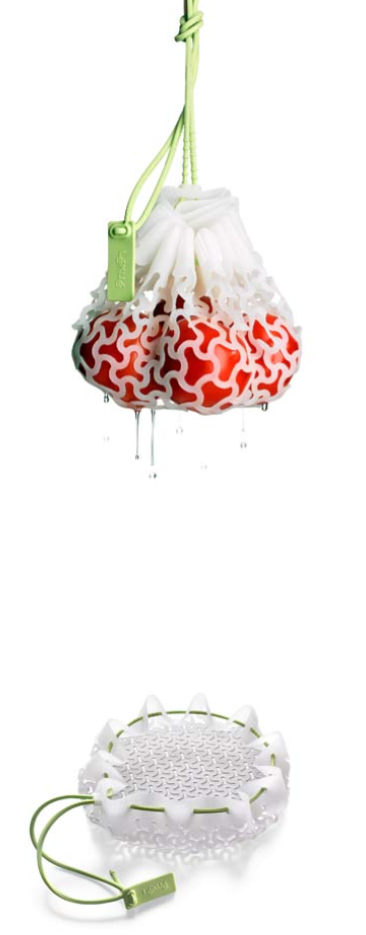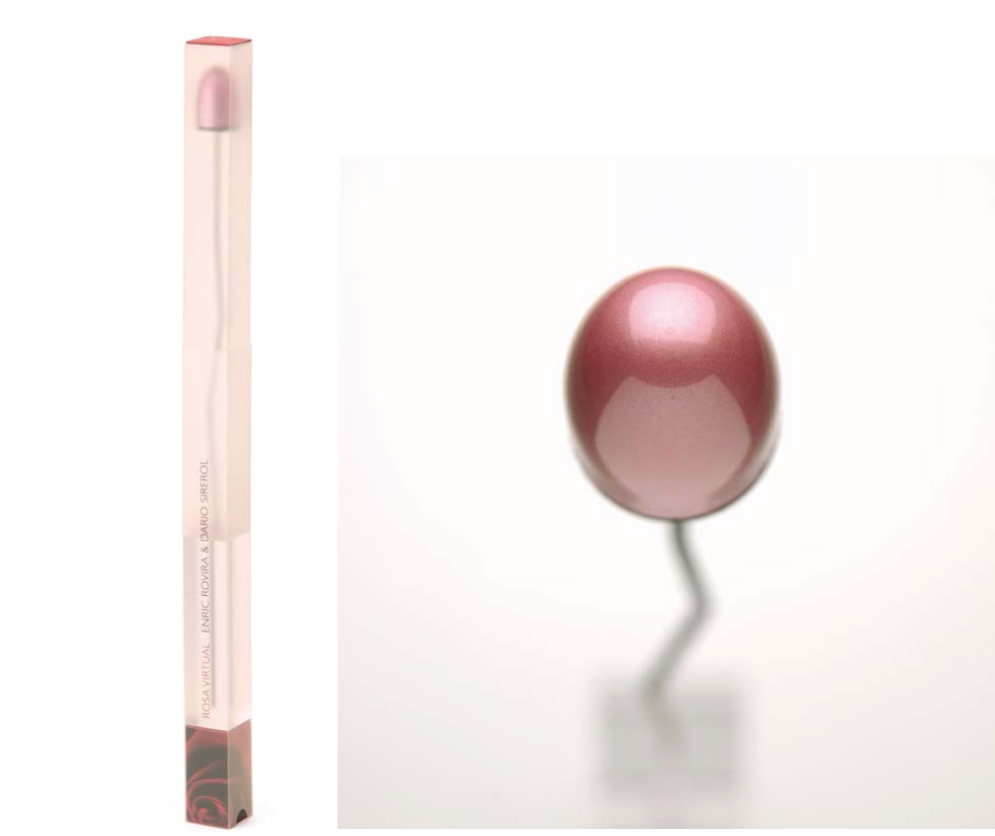A perfect meal involves much more than how the food on the plate tastes. In the dining process, there is a lot going on inside our body in the appreciation and absorption of what we eat.
In fact, food is one of the most effective stimuli in terms of modulating brain activity. [1]
More than understanding which areas of the brain light up, the question becomes what is really driving the dining experience, and is where gastrophysics appears.
“Gastrophysics refers to a range of tools, techniques, and ways of thinking about the diner’s response by means of assessing the impact of various factors — that are both internal and external to the food and drink itself — on the multisensory dining experience.”
When scientists investigate what happens to people's ratings of food when they change the color of the plate, the ambiance, the cutlery, etc, they often find those ratings change significantly.
However, if you ask people if they think these elements had any influence on the taste of the food, we all say "Of course not. Are you crazy?". [2]
Tasting the effect of color on taste - j. Kenji Lopez Alt / W. W. Norton
This is why the current generation of chefs is interested in going beyond the basic culinary science that they have been taught. Many of these chefs are really curious to learn more about the minds, and not just the palates, of their diners.
They want to know how does the experience feel. What is the diner's behavior? What elements make an impact on their enjoyment and decisions?
Increasingly, we also see a recognition of what design can contribute to the gastronomic scene.
Manual Thinking Box in Luki Huber Studio (2017)
Chefs at all levels of fame are working with designers to create custom menus, plate ware, cutlery and dining spaces. Take the example of Ferran Adria who hired industrial designer Luki Huber to work full time in his team in elBulli restaurant.
These chefs are creating experiences that build on all that contemporary design and technology has to offer paired with the latest finding from the field of gastrophysics. [3]
Recent discoveries about the world of cuisine can change the way food is conceived forever.
Urban PicNYC table, design by Haiko Cornelissen Architecten.
Facts like there might be as many as 20 different basic tastes according to some researchers, not just the 4-5 that most people can name (sweet, sour, bitter, salty and umami; Stuckey 2012). [4]
Or perhaps that around 80-95% of what you think of as flavor actually comes from your nose. (Martin, 2004; Ge 2012). [5]
Or that elements like the sound, color, the feel of the cutlery and the name of the dish actually have an effect on our taste perception. [2]
A selection of the cutlery and foods used in Harrar and Spece's (2013) study looking at the effects of cutlery on taste / flavor perception.
What is put into the plate is only a part of the overall dining experience.
This affects everything from the design of the environment to the design of the fork.
It is increasingly shifting more and more toward multisensory dining experiences, that are more engaging, more exciting and ultimately more memorable than ever before.
And this idea was the inspiration behind my project "Food As A Story".
“Cooking is the most multisensual art. I try to stimulate all the senses.”
This panorama gives an enormous potential for designers, to take these discoveries and create innovative products.
In Spain, a creative relationship between chefs, designers and companies resulted in an exhibition called "Foodjects: Design & the New Cuisine in Spain" (2011), with an exposition of more than 100 objects that claimed to celebrate cuisine as an emotional and intellectual experience, perceived with the senses.
Let's see a couple of them.
Oil and Vinegar Cruet - Rafael Marquita (1961)
Reinterpreting and object of daily use from the Mediterranean tradition, Rafael Marquita's cruet ingeniously and efficiently resolves the problem of crippling and demonstrates that object evolve with design.
Apple Dome - Deudor Bregaña & Anne Ibañez (2007)
Small recipients inspired by plant themes enable us to present foods and reveal them by smell, flavor and temperature.
Bowls Eggs - Antoni Arola (2006)
Bowls for serving vegetables, eggs, soups, sauces, creams, gelatins, ice-cream, sorbets... combinations of hot an cold, solid and liquid. To separate, alternate and combine sensations.
Strainer Spoon / Spoon with Pincer - Luki Huber (2005)
Strainer Spoon: to eat the cereal first, then the milk... Or start with the pasta, followed by the the soup...
Spoon with Pincer: the spoon with pincer used at elBulli allows a diner to smell one thing and eat another, awakening a cross-breeding of the senses.
Cooking Mesh - Luki Huber (2006)
This mesh enables a number of foods to be cooked at once, separately. A flexible, elastic net to place the food in, for scalding or boiling and then straining.
Virtual Rose - Enric Rovira (2012)
A virtual sweet with the scent of natural cacao and Bulgarian rose essence, in a capsule to be smelled only.
These objects just give a taste of what can be done, meals are the product of creativity and experimentation.
According to Spence and Piqueras (2014), their prediction is that dining and entertainment will become increasingly synonyms, and increasingly, it will be a participatory activity.
To us as designers, it all comes up to:
How design facilitates tools for innovative culinary creations and fascinating dining experiences.
Further learning:
A 1-hour masterclass on Multi-sensory Design: learn the basics of human perception and strategies to create more delightful products and experiences
References
(1) Wang, G., Volkow, N., Telang, F., Jayne, M., Ma, J., Rao, M. et al. (2004) Exposure to appetitive food stimuli markedly activates the human brain. NeuroImage, 212, 1790-1797.
(2) Spence, C., Piqueras, B. (2014) The Multisensory Science of Food and Dining. Chichester: John Wiley & Sons, Ltd.
(3) Gustafsson, I-B. (2004) Culinary arts and meal science - a new scientific research discipline. Food Service Technology, 4, 9-20.
(4) Stuckey, B. (2012) Taste What You're Missing: The Passionate Eater's Guide to Why Good Food Tastes Good. London: Free Press.
(5) Ge, L. (2012) Why coffee can be bittersweet. Ft Weekend Magazine, 13/14 October, 50.
(6) Martin, G. (2004) A neuroanatomy of flavor. Petits Propos Culinaires, 76, 58 - 82


